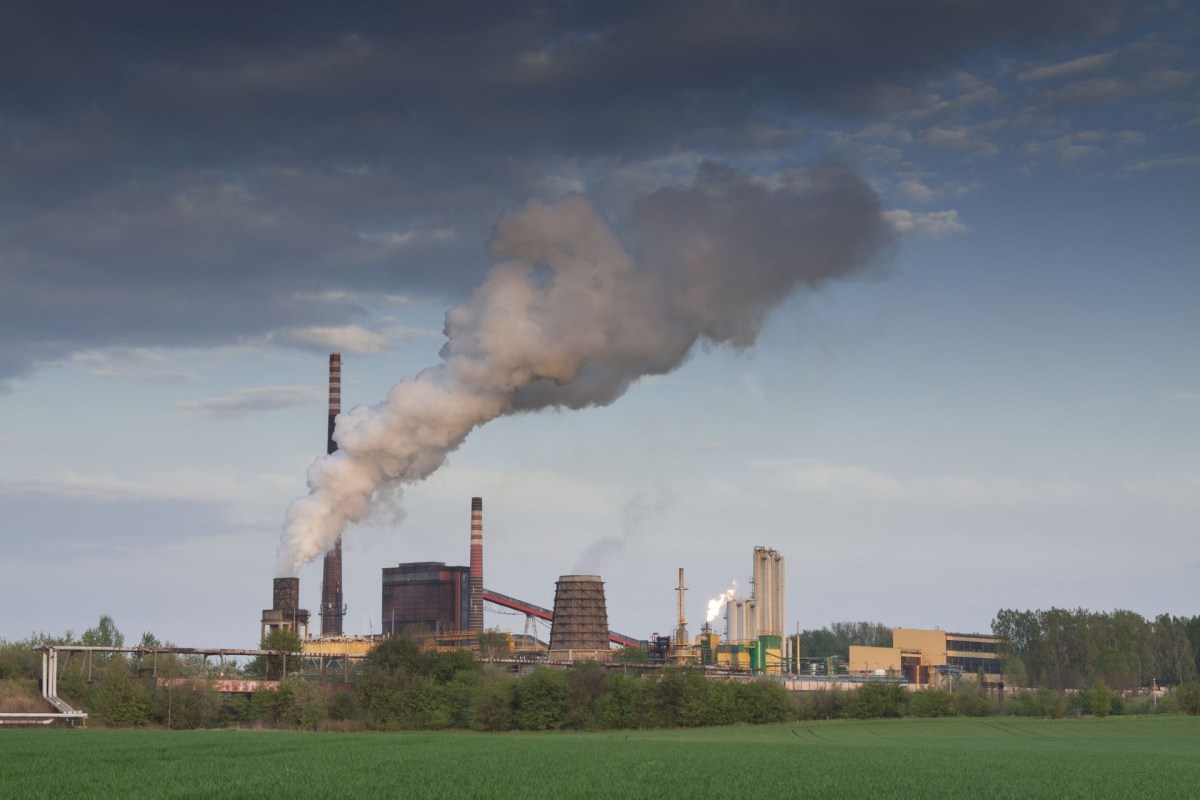A recent study comparing the costs and benefits of coal-based power plants to those of wind and solar energy projects found a clear answer surrounding the future of our power grids.
The report, by the policy group Energy Innovation, found that nearly all of America's coal plants — a whopping 99% — would cost more money to maintain than to simply replace. In this case, the money-saving replacement was either a wind or solar plant.
"All but one of the country's 210 coal plants are more expensive to operate than either new wind or new solar," the report states.
The study suggests strategies for communities to gradually make the change to clean energy. For one, Energy Innovation lays out a plan to use clean energy as an "anchor" for additional economic expansion — as it could drive an estimated $589 billion in investment for local communities. This would allow for cheaper, more sustainable energy that also brings extra money to deal with communities' biggest needs.
When coal is burned for energy, it creates an intense amount of heat, which, in turn, converts water into high-pressure steam, powering a turbine to create electricity, the U.S. Geological Survey explains.
However, this process also creates mass amounts of planet-warming carbon pollution, which has led many nations and businesses to turn away from it. And in the meantime, solar and wind projects are only getting cheaper to complete — now costing about 40% less than it takes to build coal or gas-powered plants.
The study also acknowledges that the process of converting these plants will require lots of planning, to ensure that local communities dependent on coal plants for revenue and employment will not be negatively impacted by the change.
It also encourages steps to make the transition as smooth as possible — ensuring the technology that will be adapted for wind and solar plants is up to date, utilizing available finance programs, and having state legislatures "plan for and fund" the transition.
In the town of Nucla, Colorado — which was heavily reliant on coal plants for tax revenue and employment — this involved helping the community pivot its economy to rely on tourism and local businesses instead of coal.
With proper economic planning, the transition from coal plants to wind and solar plants can be an asset to local communities and the environment alike.
Join our free newsletter for cool news and actionable info that makes it easy to help yourself while helping the planet.









